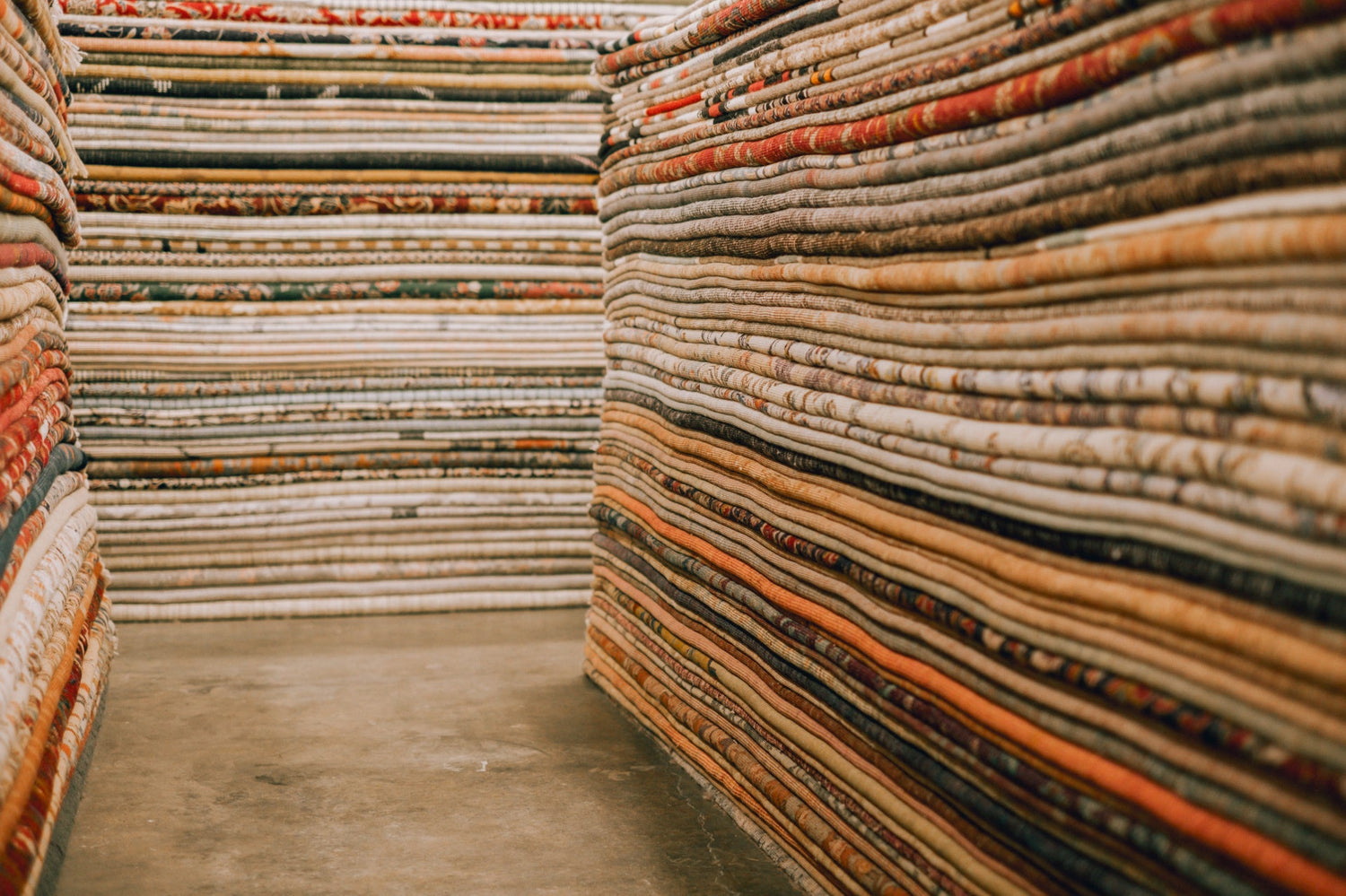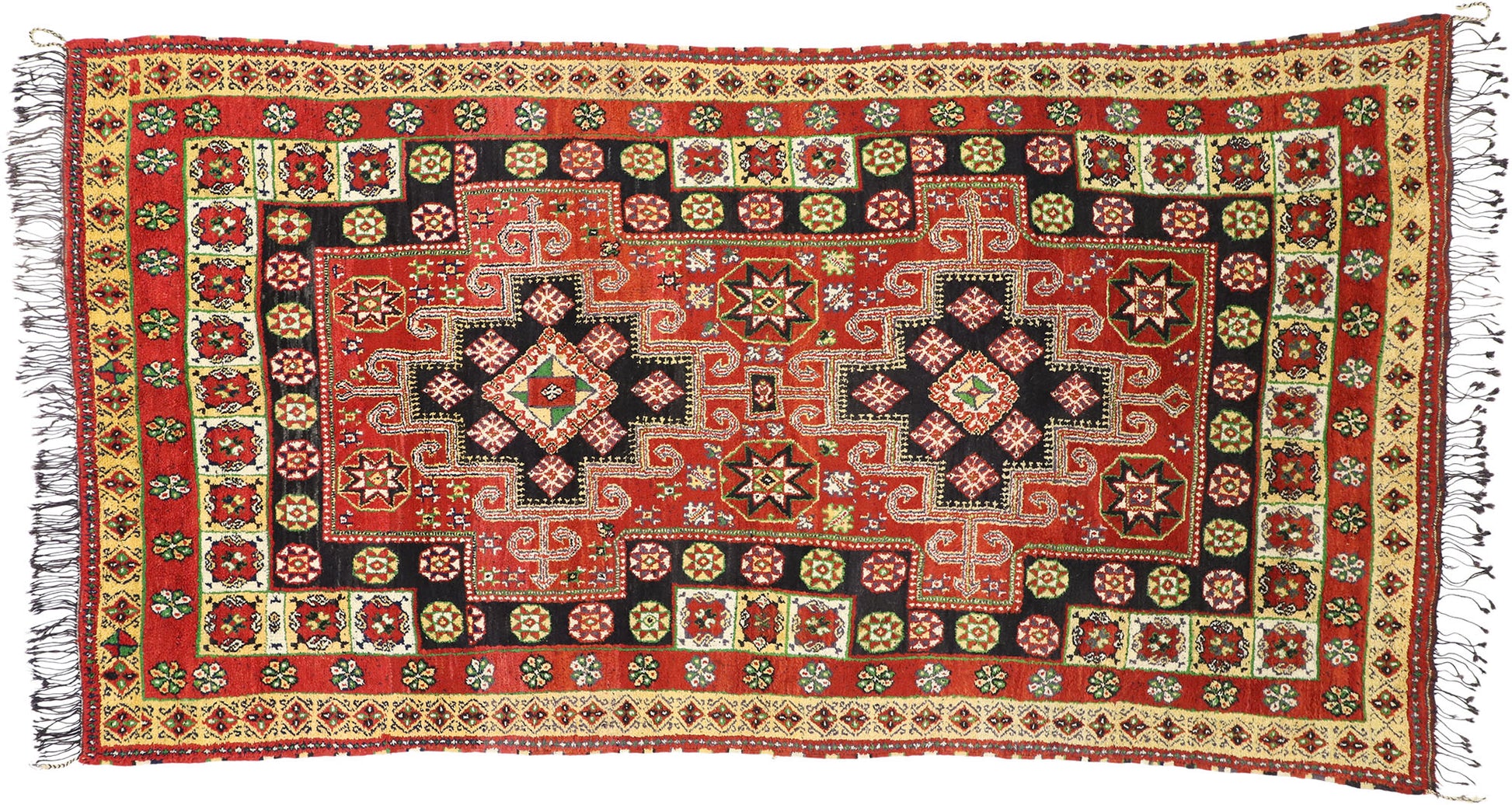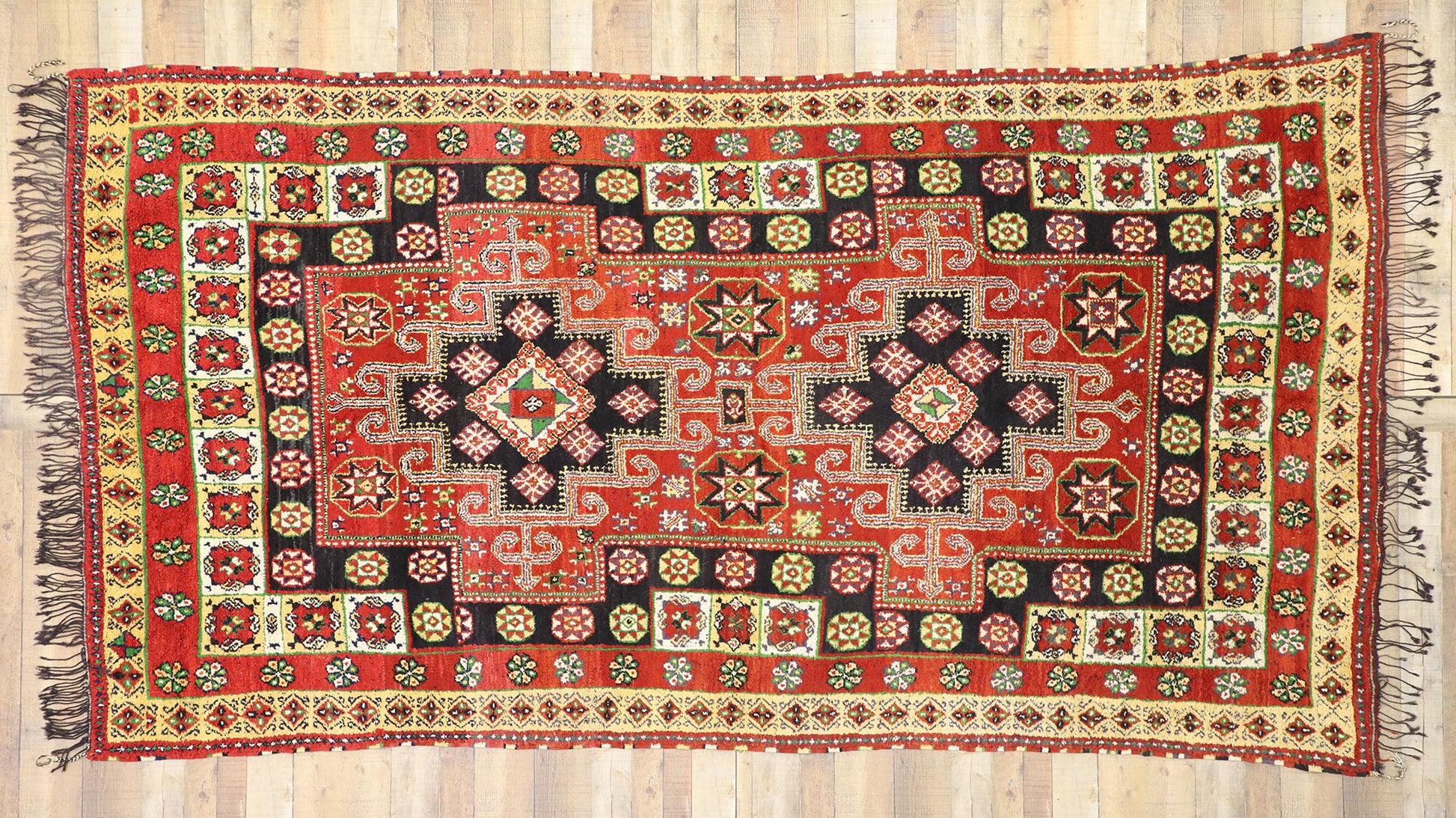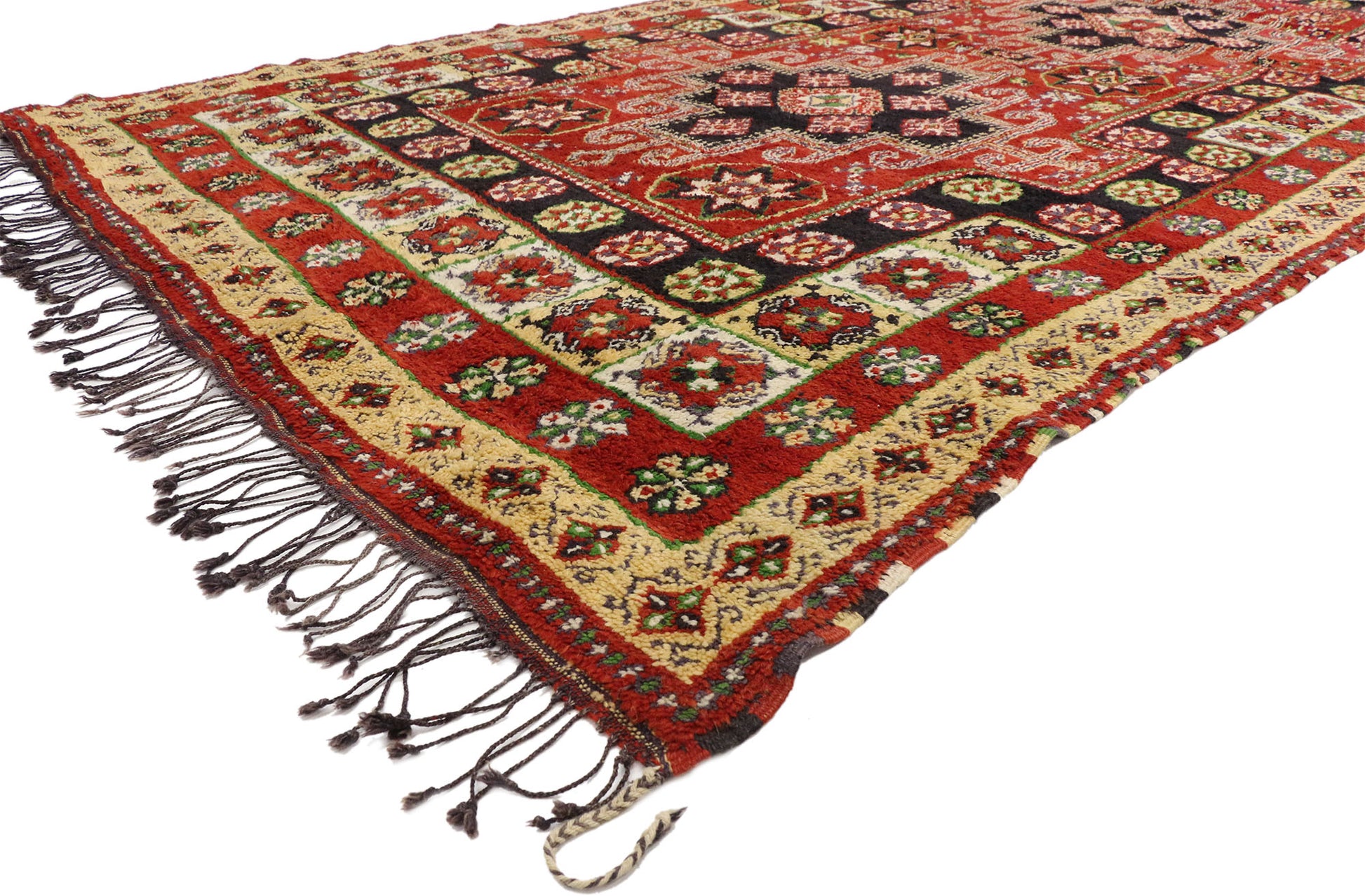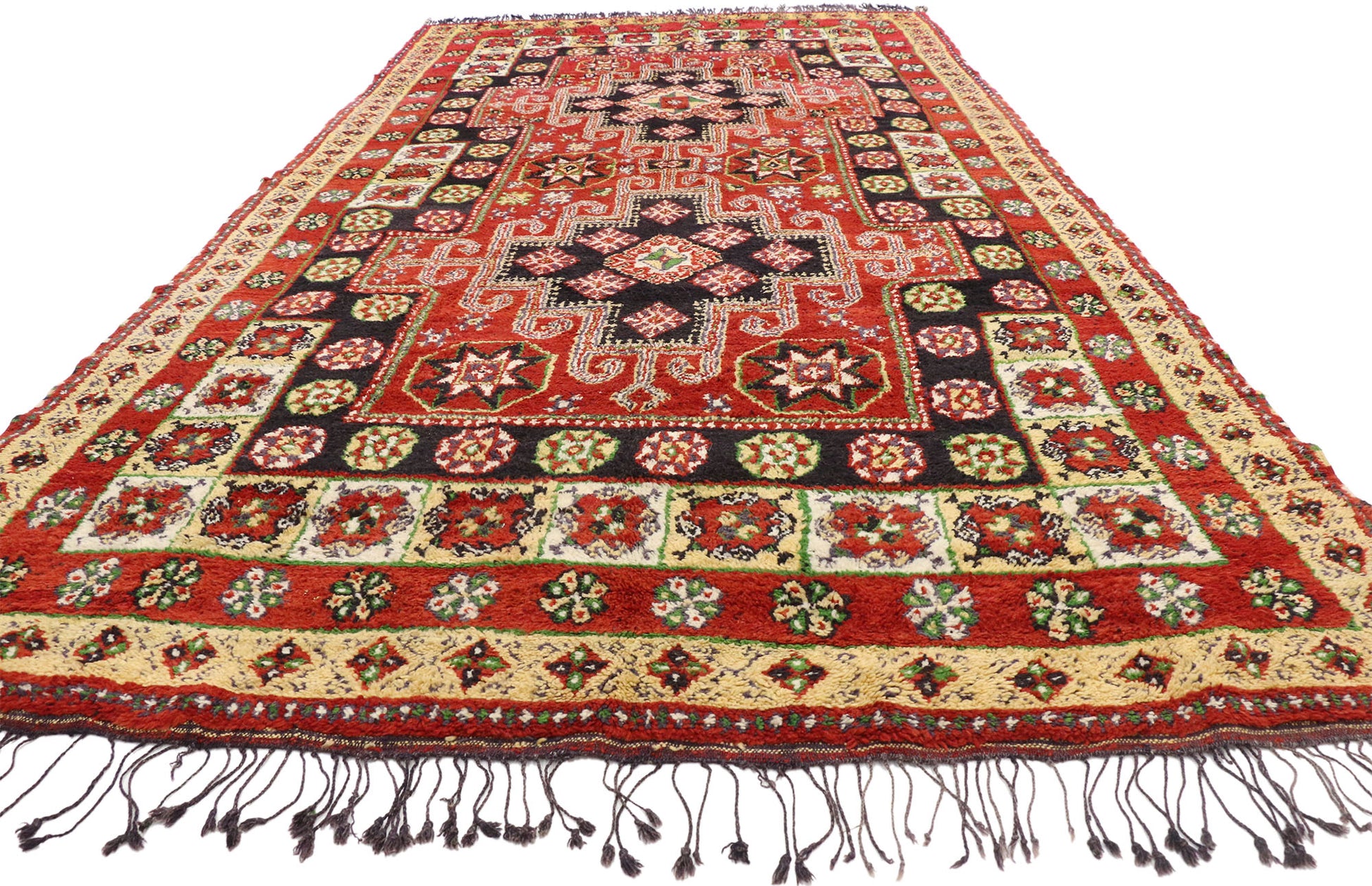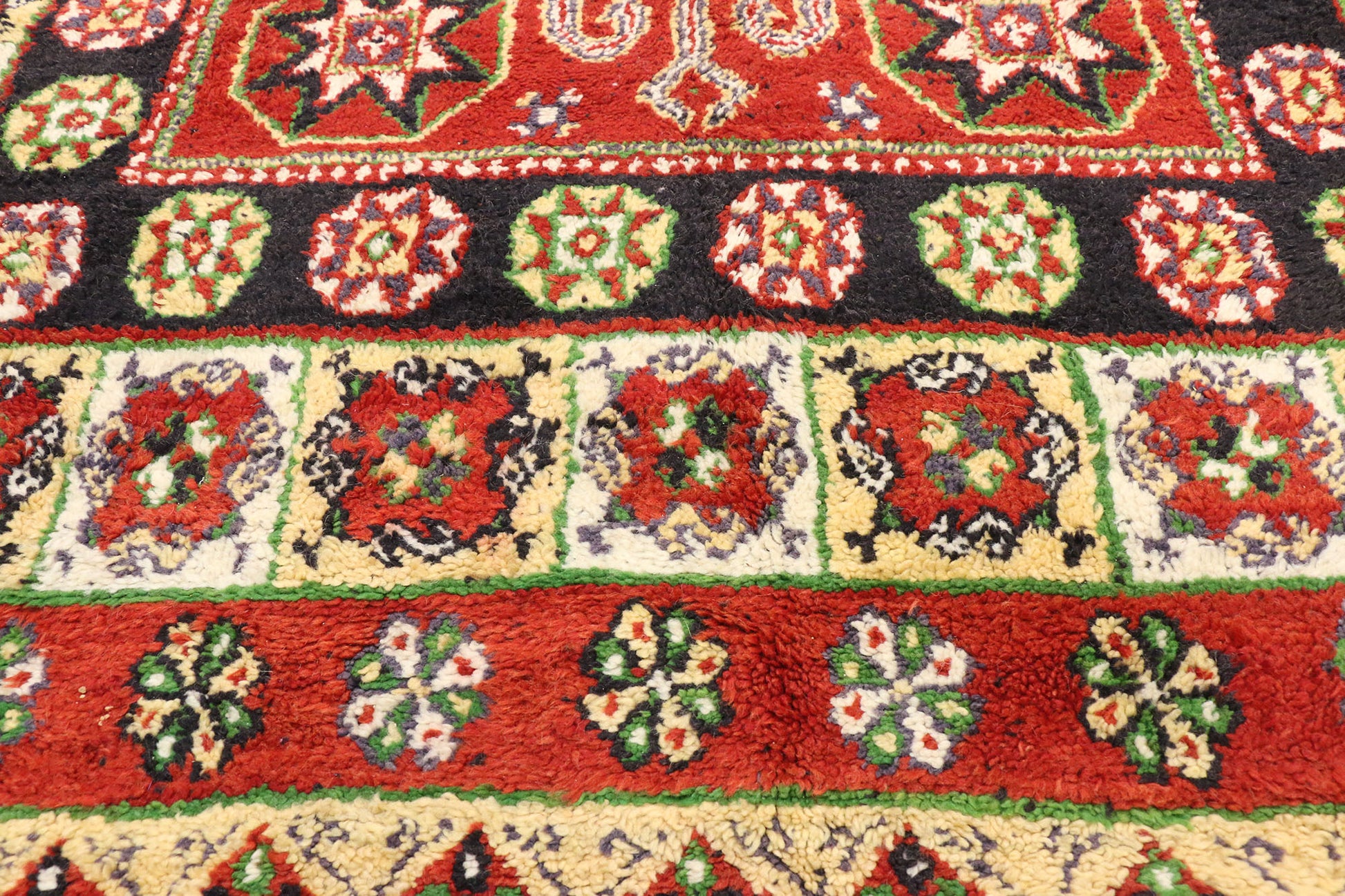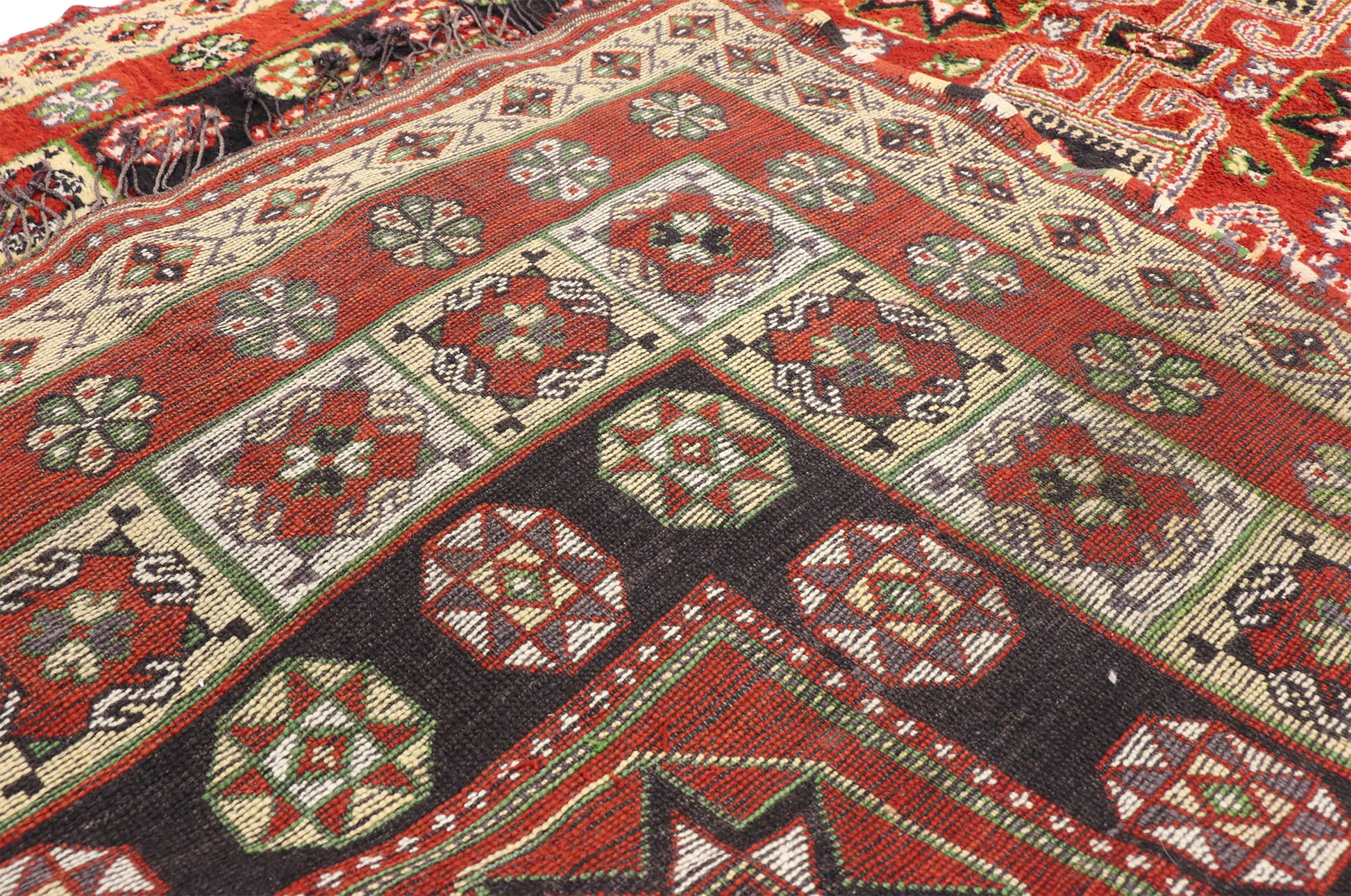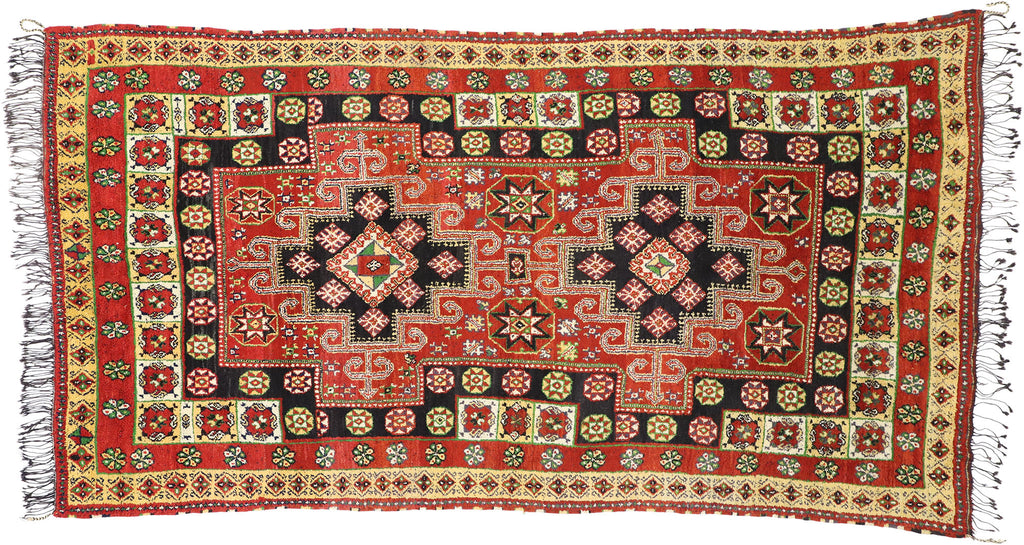6 x 12 - Red Vintage Moroccan Rug - 77203
6 x 12 - Red Vintage Moroccan Rug - 77203
Add Rug Pad
Only 1 left in stock: Shipping in 2-5 days
Rug Details
Delivery / Returns / Payment
Shipping Insured worldwide delivery. Most in-stock rugs leave our Dallas warehouse within 2 business days.
Returns Item must arrive in the original condition with tags attached. Return freight & insurance are the customer’s responsibility. We accept:
● 10-day returns for standard purchases
● 3-day returns for promotional-sale items
Refunds exclude outbound shipping & handling.
Payment Checkout online with all major cards, or call (214) 651-7847 to pay by phone. Checks are welcome; we ship once funds clear.
Trade Clients Qualified trade accounts may request rugs on approval—simply choose “Trade Approval” at checkout and we’ll arrange two-way logistics.
Care Instructions
● Vacuum with the beater bar off and always in the direction of the pile.
● Rotate 180° every 6 months for even wear and sun-fade balance.
● Blot spills immediately with a white cloth—never rub.
● Use a breathable rug pad to prevent slipping and fiber stress.
● Schedule a professional hand-wash every 3–5 years (sooner for high-traffic or pets).
Need in-depth guidance? See our full Rug Care Guide.
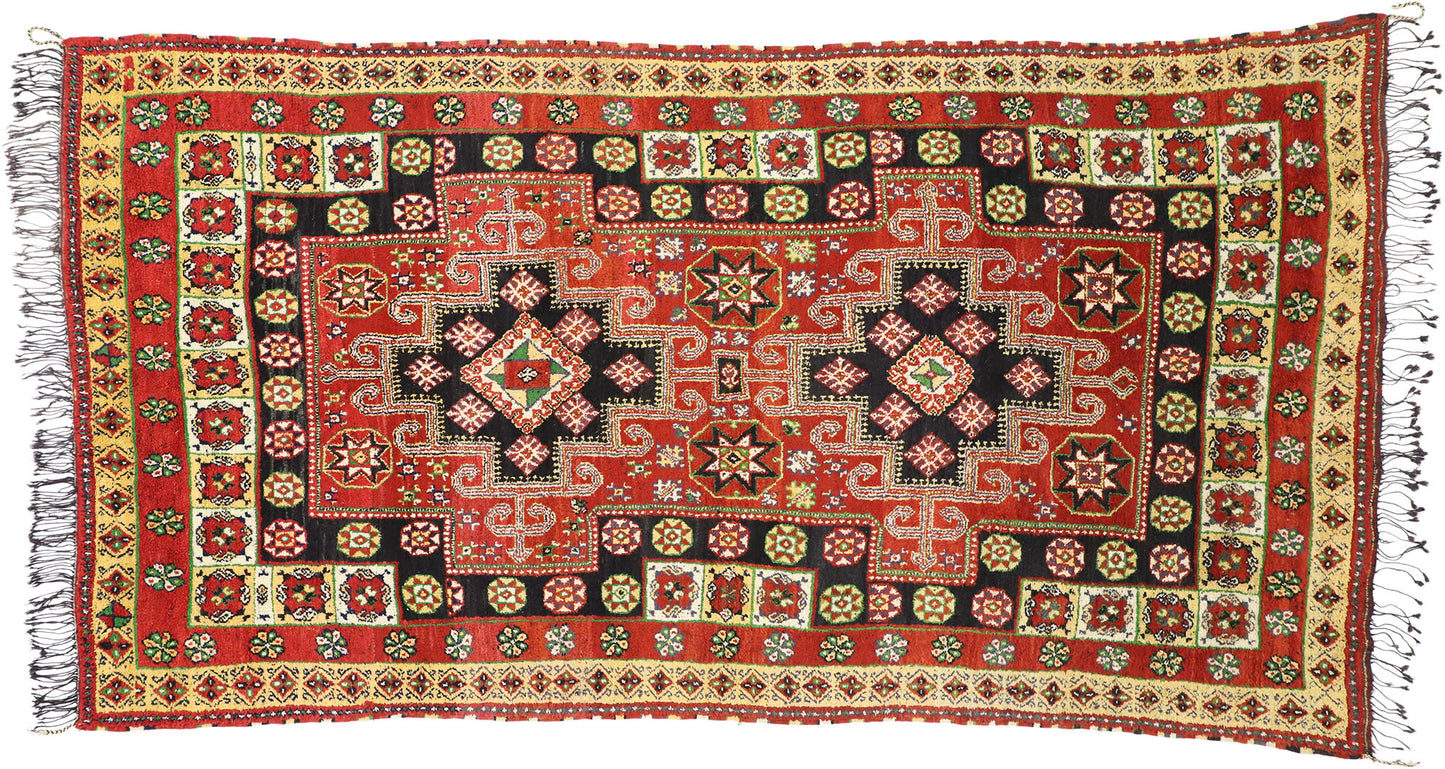
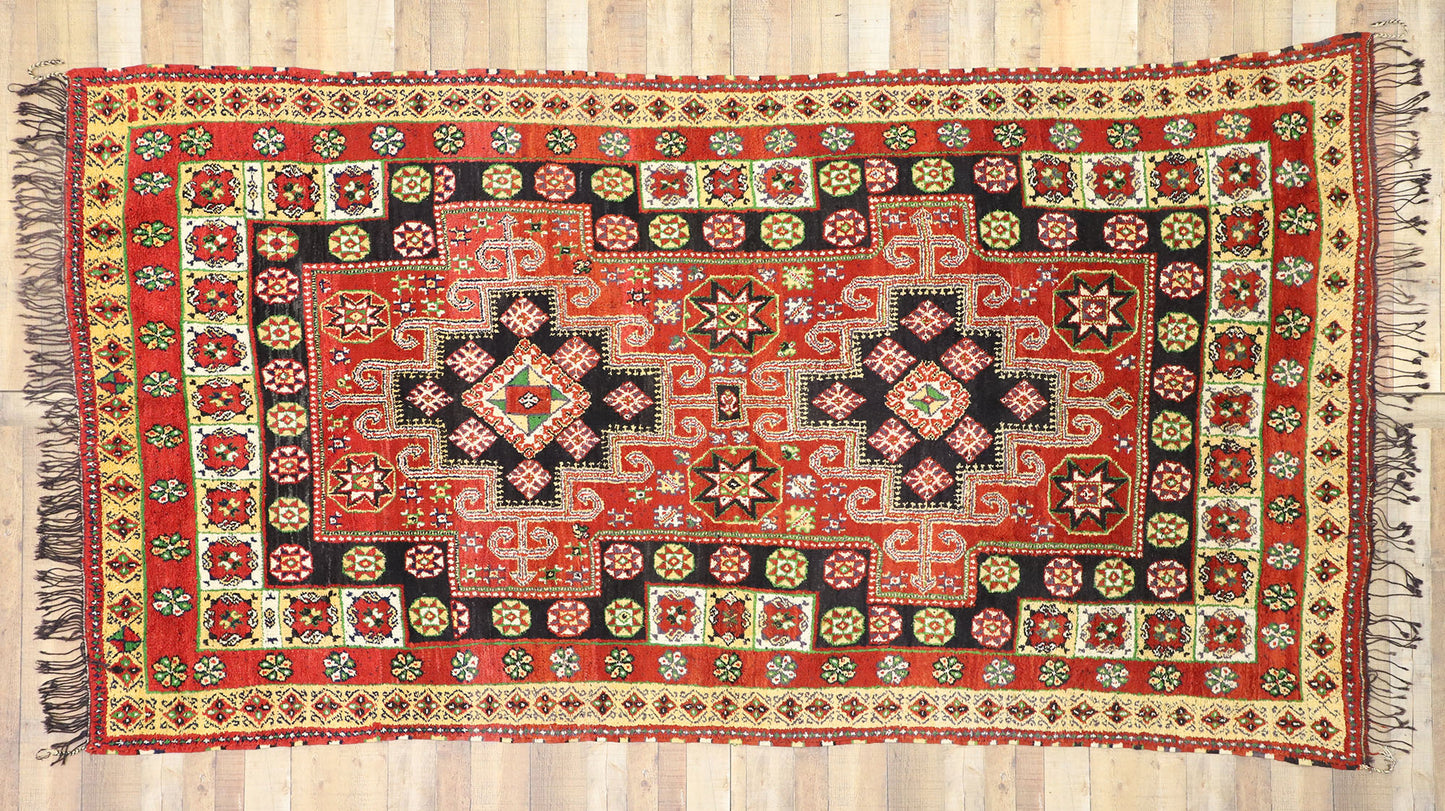
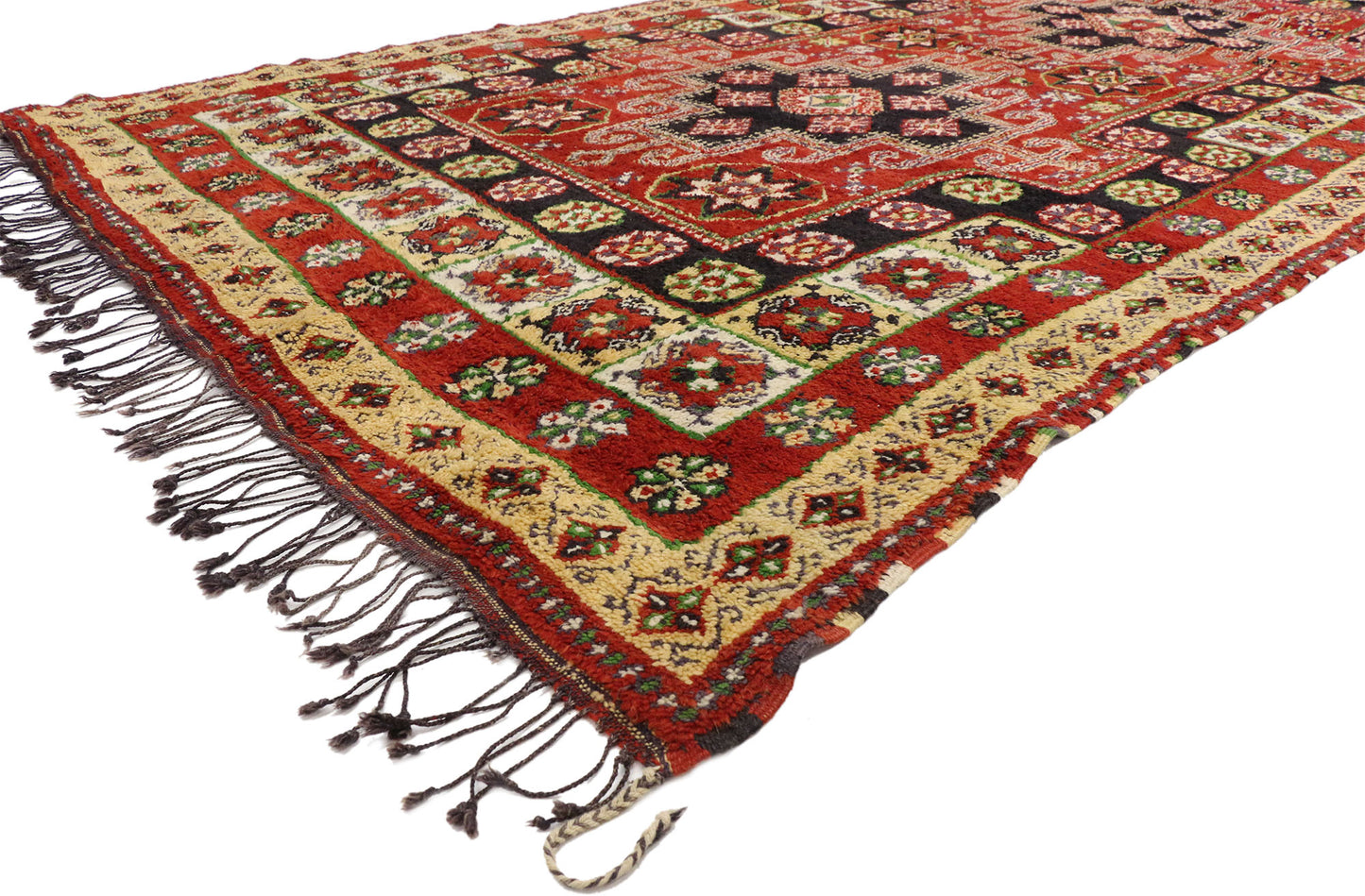
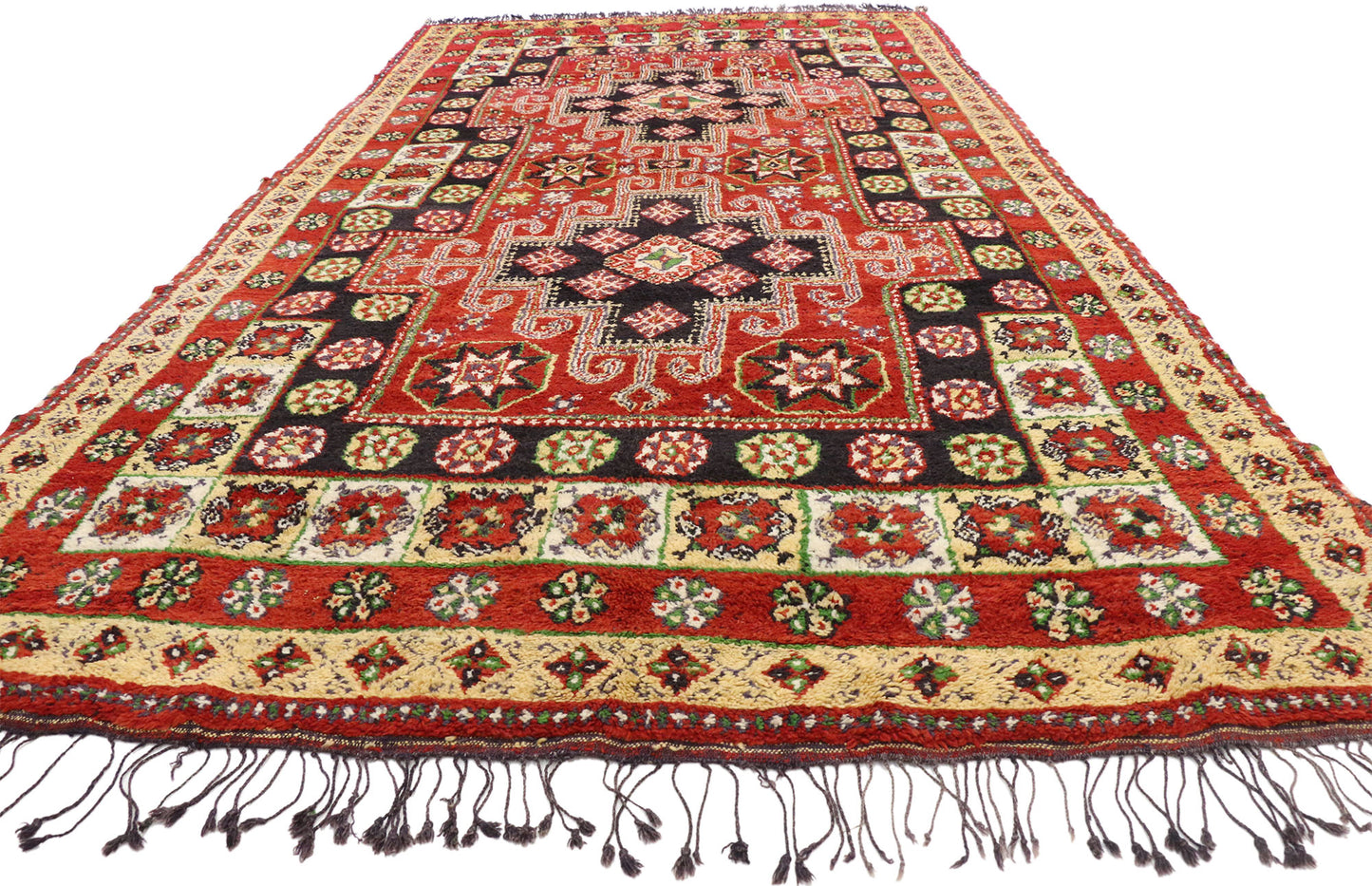
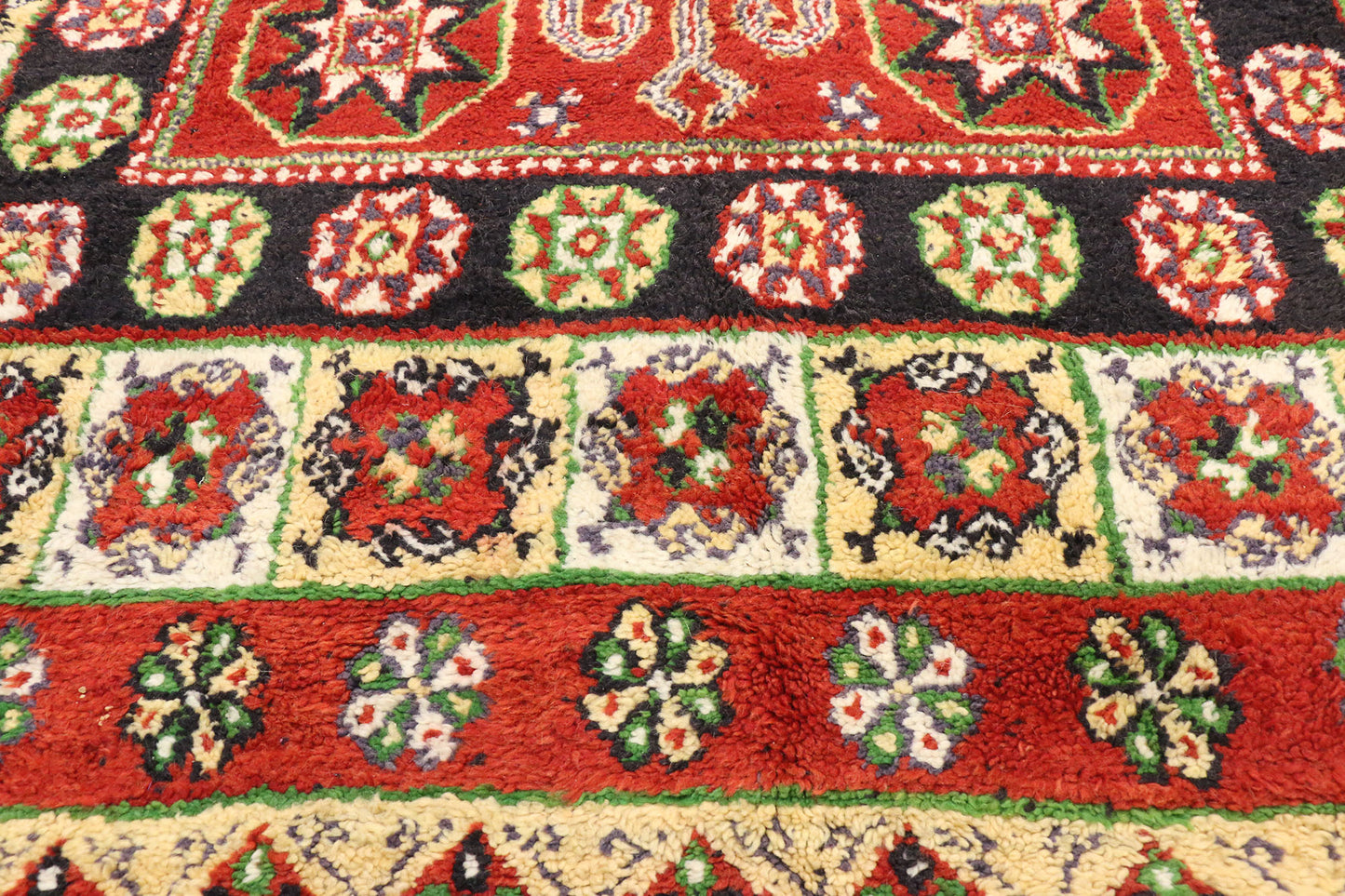
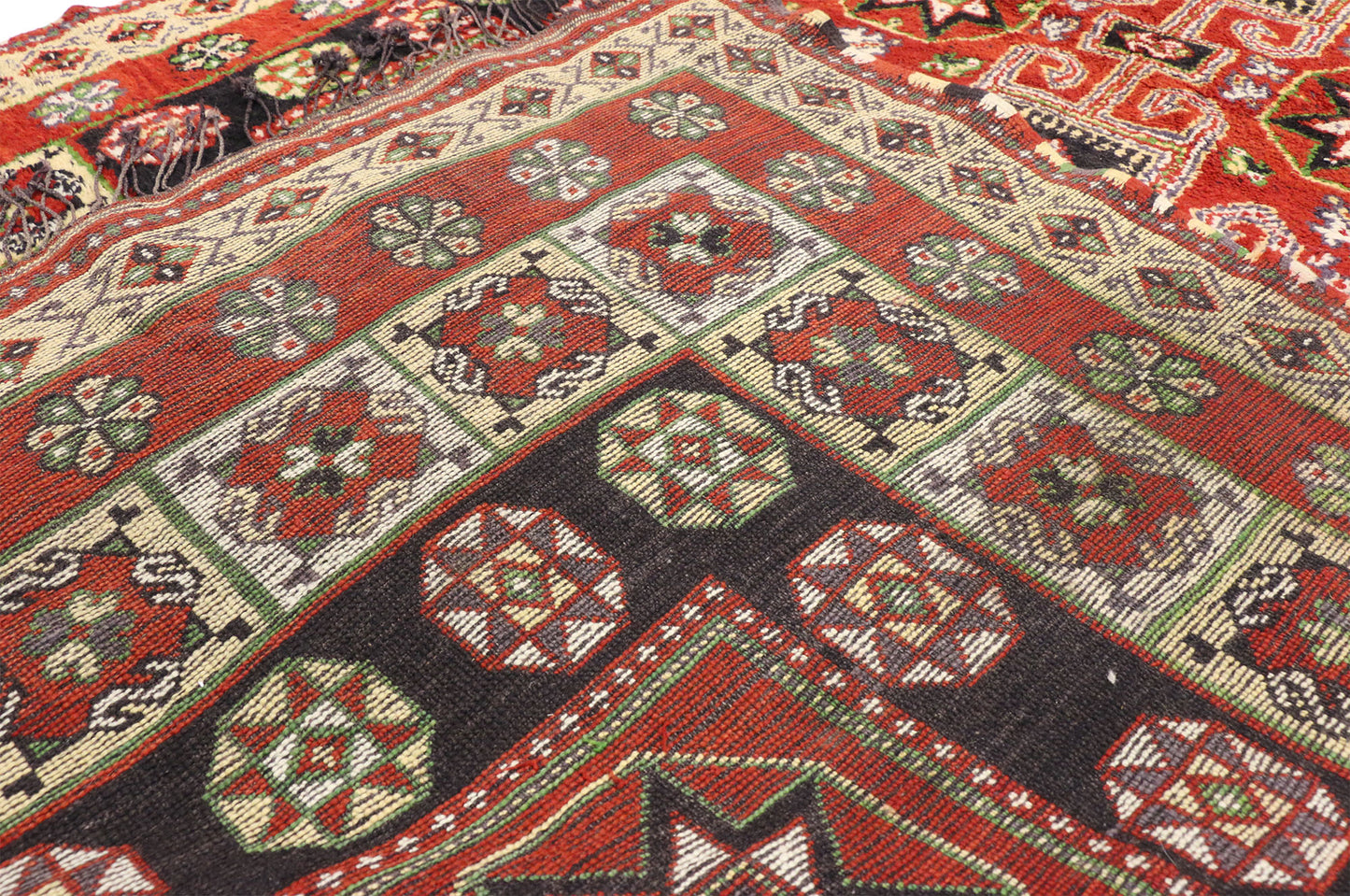
Inquiry
Please send us a message for pricing and questions regarding this product!
Description:-
77203
Vintage Rabat Moroccan Rug, 06'02 x 11'09.
Brilliant color and
tribal allure collide in this stunning hand-knotted wool vintage Moroccan Rabat
area rug. Two latch-hooked stepped medallions elegantly float in the center of
an abrashed scarlet red field. Each medallion contains a graphic multi-colored
diamond surrounded by smaller diamonds adorned with botanical motifs. The field
is scattered with a variety of motifs including octagons set with eight-pointed
stars, trousseau chests, rosettes, leaflets, and calyxes. A black border that
repeats the eight-pointed star motif curves around the medallions breaking into
a paneled border decorated with flowers and S-shapes. The outer borders feature
series of large blossoms and diamonds. Eight-pointed stars traditionally
represent spirituality, trousseau chests represent marriage, and diamonds and
S-shapes are both seen to protect against evil.
Unlike most other Moroccan
rugs, Rabat city rugs exhibit Anatolian designs and influence, though it is
unclear how these designs came to Morocco many centuries ago. According to
Indianapolis Museum of Arts- The Fabric of Moroccan Life, the women weavers
of Rabat tell a legend that one day 'a stork dropped into the courtyard of a
house a piece of rug whose colors and design were hitherto unknown in the
land the women weavers of the house saw it as a gift from heaven, a talisman,
and a good omen, and so were inspired by it. The people of Rabat consider wool
to be as precious as gold and a variety of rituals surround the making of their
rugs. They are known to be able to create bright and saturated polychromatic
color schemes with a narrow palette.
- Rendered in variegated shades of scarlet red, ruby red, onyx,
black, charcoal, green, avocado, yellow, light yellow, eggplant, and ivory with other accent colors. - Tag on the back reads: Morocco, Rabat.
- Abrash.
- Made by the Rabat Village Women.
- Made in Morocco.
- Measures: 06'02 x 11'09.
- Date: 1960s to 1970s.
Faq
Collapsible content

Do you offer rug-related services?
Yes, Esmaili Rugs offers several services to maintain and enhance your rugs.
Do you have a trade program for professionals?
Yes, Esmaili Rugs has a Trade Program designed for interior designers, architects, and other trade professionals. This program offers exclusive benefits and services tailored to professional needs.
How can I contact Esmaili Rugs for inquiries or support?
You can reach out through the "Contact Us" page on their website. Additionally, Esmaili Rugs is active on social media platforms like Facebook and Instagram, where you can connect and stay updated on their offerings.
Can I schedule an appointment for personalized assistance?
Absolutely. Esmaili Rugs offers concierge appointments with their internationally respected rug expert team. This service is ideal for collectors, interior designers, and anyone seeking personalized guidance.
What types of rugs does Esmaili Rugs offer?
Esmaili Rugs provides a diverse selection of rugs, including Moroccan, Turkish, Persian, Oushak, Chinese, and Tapestries. These are available in various sizes such as small, medium, large, extra-large, runners, round, square, and custom dimensions.
